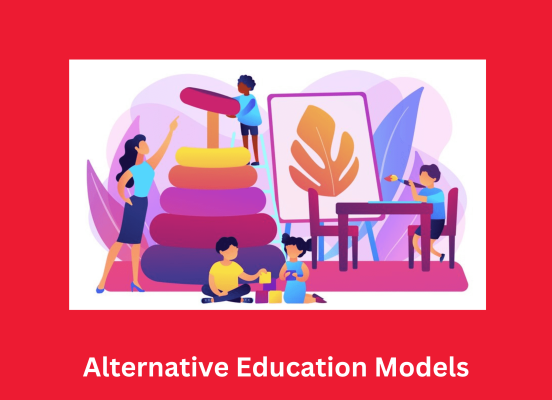

Alternative education models such as Montessori and Waldorf have gained prominence in recent years, offering unique approaches to teaching and learning that depart from traditional methods. These models prioritize individualized instruction, holistic development, and hands-on learning experiences. In this essay, we will explore the key principles and practices of Montessori, Waldorf, and other alternative education models, examining their potential benefits and challenges in today's educational landscape.
The Montessori method, developed by Dr. Maria Montessori in the early 20th century, emphasizes self-directed learning within a carefully prepared environment. In Montessori classrooms, children are encouraged to explore and discover at their own pace, using specially designed materials that facilitate learning across multiple domains, including mathematics, language, sensorial experiences, and practical life skills. Teachers serve as guides, observing and supporting each child's individual progress while fostering independence and intrinsic motivation.
Similarly, the Waldorf education approach, founded by Rudolf Steiner in the early 20th century, emphasizes a holistic understanding of child development, integrating academics with artistic and practical activities. Waldorf schools focus on nurturing the whole child—body, mind, and spirit—through a curriculum that unfolds in harmony with the child's developmental stages. Storytelling, music, movement, and hands-on experiences are central to Waldorf education, fostering creativity, imagination, and a deep connection to the natural world.
In addition to Montessori and Waldorf, various other alternative education models exist, each with its own philosophy and practices. For example, the Reggio Emilia approach, originating in Italy after World War II, emphasizes child-led inquiry, collaboration, and the expressive arts as vehicles for learning and self-expression. Sudbury schools, inspired by the Sudbury Valley School in Massachusetts, prioritize freedom, democracy, and individual responsibility, allowing students to direct their own learning and decision-making within a self-governing community.
One common thread among alternative education models is a focus on learner-centered pedagogy, where the needs, interests, and abilities of each child are central to the educational process. Unlike traditional schools that often rely on standardized curricula and assessments, alternative schools emphasize flexibility, creativity, and experiential learning, tailoring instruction to meet the diverse needs of learners.
Those who support alternative education say it teaches better because it supports rational comprehension, promotes problem solving and EI. Furthermore, through autonomy, interest and inner drive, power belongs to alternative schools to ensure creating individuals who can discover in the world with changes.
Even so, alternate ways of learning are not without challenges and critiques. Critics suggest instructional sameness tests may be lacking as well as other accountability measures thereby challenging academic rigour and the transferability of skills gained from such schools. Additionally, there are also calls for equality concerning availability since some regions do not have alternative schooling because of money issues among others.
Although grappling with complex societal issues like globalization, technological innovation and environmental sustainability, alternative education models have not ceased to develop and gain ground drawing much attention to parents, educators and policymakers who are on the look out for any other form of learning that simply goes beyond the confines of what is considered mainstream education at the moment.
Alternative education models such as Montessori and Waldorf provide good alternatives to traditional schooling because they stress on tailoring your teaching style according to individual needs while looking at the growth of a person as a whole student-centered teaching method with regards to their cognitive development among other things despite some difficulties met by them; hence they have become important tools for inspiring creativity, self-reliance, as well as skills required for modern world success.